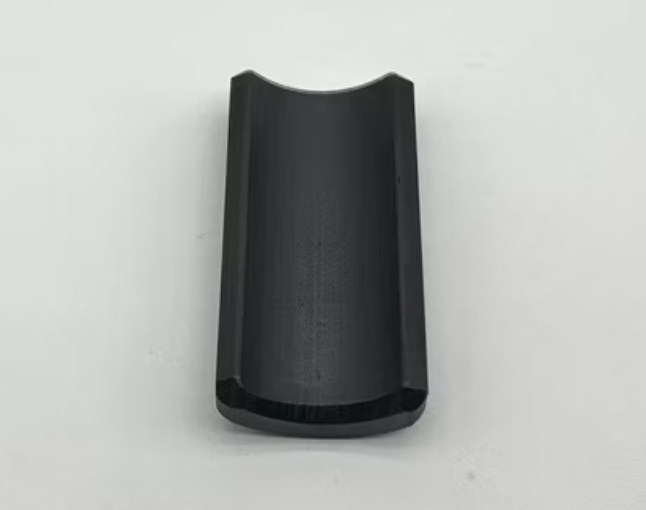We are all familiar with ferrite magnets, it is a commonly used permanent magnet material, good temperature resistance, cheap, there are netizens raised a new question, that is, how is it acid and alkali resistance?
Acid resistance:
In a weak acid (such as dilute hydrochloric acid, dilute sulfuric acid) environment, ceramic ferrite can maintain structural integrity, the performance will not be significantly reduced. However, in strong acids (such as concentrated sulfuric acid, hydrochloric acid), the surface layer of the ferrite may be gradually corroded, especially in long-term contact or high temperature conditions.
Alkali resistance:
Ceramic ferrites usually tolerate alkaline environments better than acidic ones. Even in stronger alkaline solutions (e.g., sodium hydroxide solution), there is less structural change, making them suitable for certain industrial application scenarios.
Ceramic Arc Ferrite Permanent Magnets

Some applications of ceramic ferrites in acid and alkali resistant scenarios
1、Used in magnetic parts of chemical pipelines and stirring equipment to adapt to corrosive media.
2、In a weakly alkaline and salt-containing environment such as seawater, ceramic ferrites show excellent corrosion resistance and are commonly used in ship navigation and marine sensors.
3、In wastewater treatment devices, used as the core components of magnetic separation devices or electromagnetic stirring equipment, able to withstand complex chemical compositions.
4、In weak acid or weak alkali liquid filtration, ceramic ferrite magnets are highly stable and will not demagnetize due to environmental changes.
In order to improve the acid and alkali resistance of ceramic ferrite magnet, it can be protected by plating (such as epoxy resin or fluorinated coating).
So the acid and alkali resistance of ceramic ferrite magnets is still quite good, especially in weak acid and weak alkali environments. Additional protection is required for better results in strong acid or alkali environments.
Same type of questions;
Ferrite magnet temperature resistance plus or minus how many degrees?
 China Neodymium And Ferrite Magnets Manufacturer & Supplier
China Neodymium And Ferrite Magnets Manufacturer & Supplier 


